Exeter Riddle 65
MEGANCAVELL
Date: Thu 10 Aug 2017Matching Commentaries: Commentary for Exeter Riddle 65
Riddle 65’s translation comes to us from Judy Kendall, Reader in English and Creative Writing at Salford University. She’s especially interested in poetic composition, visual text and translation, both in an academic context and from the standpoint of a creative practitioner. You can see her creative record of the process of translating an Old English riddle in ‘brief brief: a riddle’ in Amsterdam’s Versal Literary & Arts Journal, issue 12.
Cwico wæs ic, ne cwæð ic wiht, cwele ic efne seþeah.
Ær ic wæs, eft ic cwom. Æghwa mec reafað,
hafað mec on headre, ond min heafod scireþ,
biteð mec on bær lic, briceð mine wisan.
Monnan ic ne bite, nympþe he me bite;
sindan þara monige þe mec bitað.
Quick to life I was, I did not quip at all, yet even so I’m quelled.
Before I was, renewed I came. I’m everybody’s quarry,
they hold me in fetters, and hack off my head,
bite my stripped body, snap my stalk.
I will not bite a man, unless he bites me;
many are they that bite me.
Notes:
This riddle appears on folio 125r of The Exeter Book.
The above Old English text is based on this edition: Elliott van Kirk Dobbie and George Philip Krapp, eds, The Exeter Book, Anglo-Saxon Poetic Records 3 (New York: Columbia University Press, 1936), page 230.
Note that this edition numbers the text Riddle 63: Craig Williamson, ed., The Old English Riddles of the Exeter Book (Chapel Hill: University of North Carolina Press, 1977), page 105.
Tags: anglo saxon exeter book riddles old english solutions riddle 65
Related Posts:
Commentary for Exeter Riddle 65
Exeter Riddle 9
Exeter Riddle 72
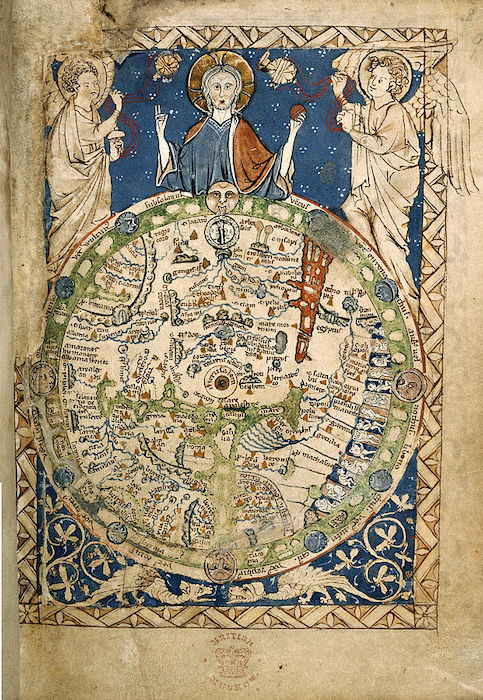
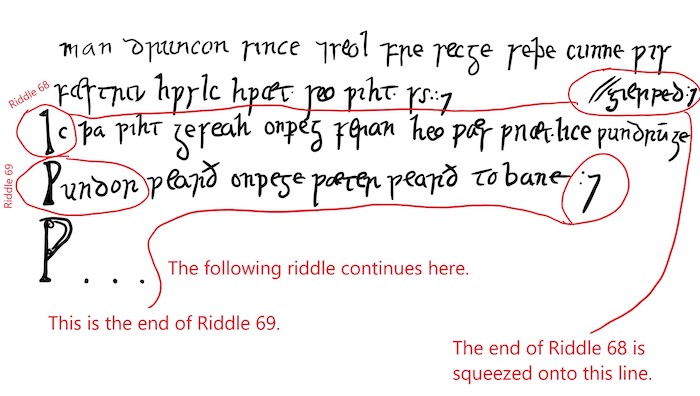


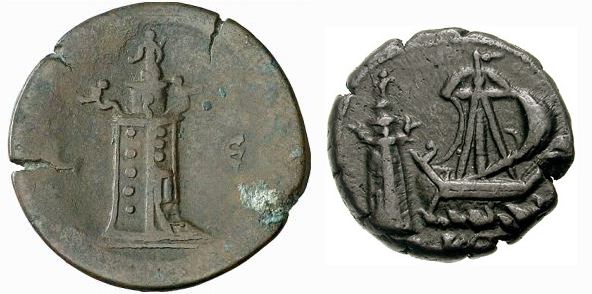
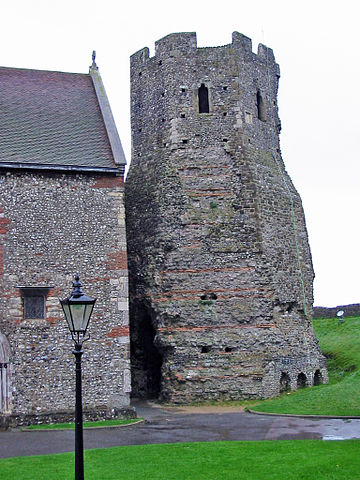
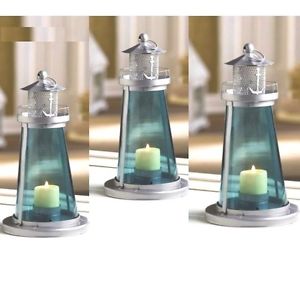

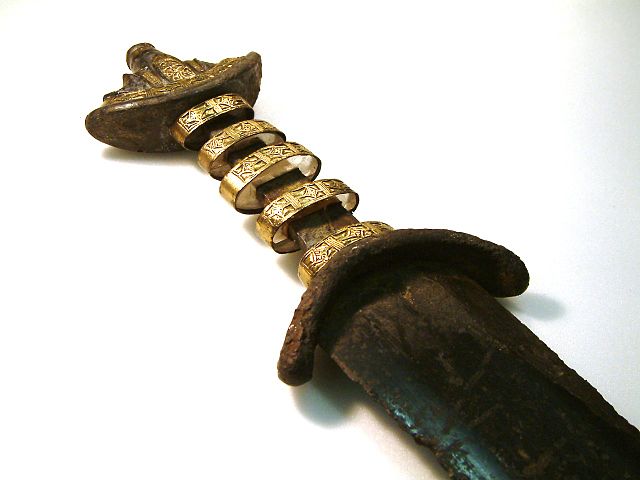
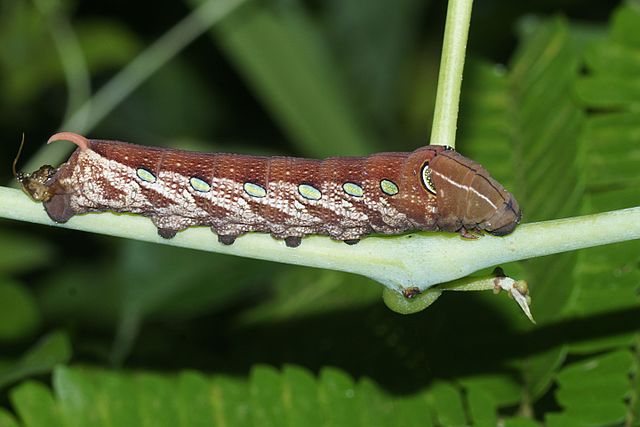
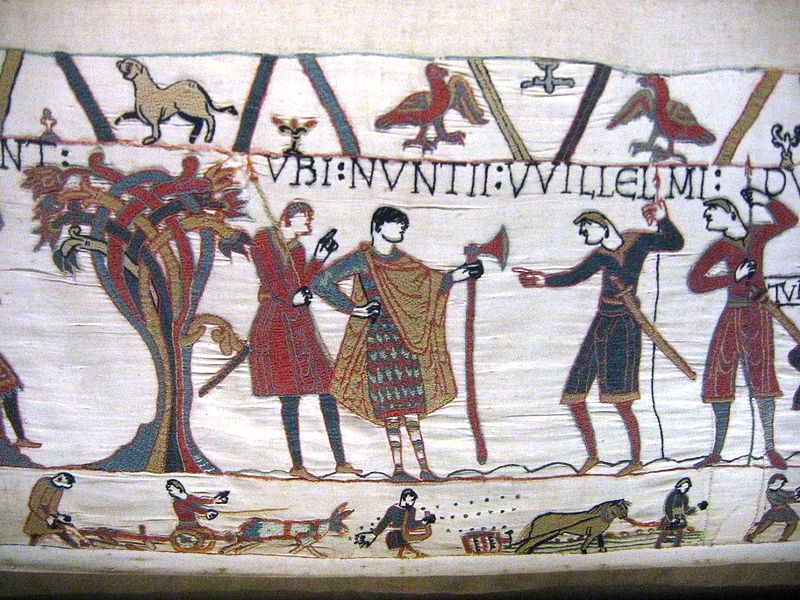
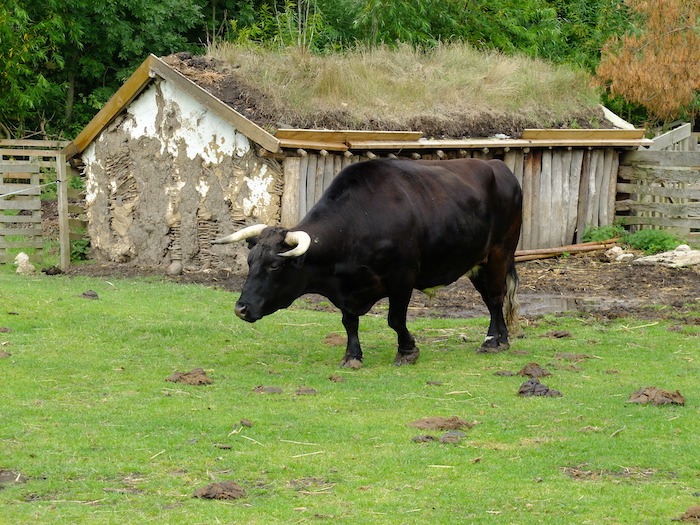
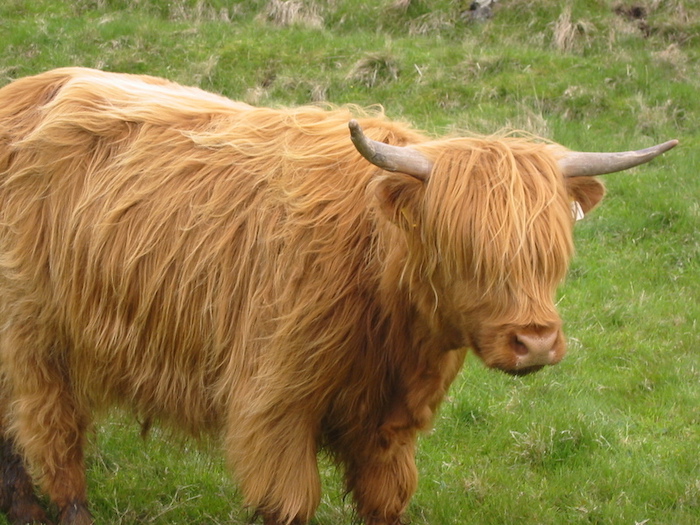
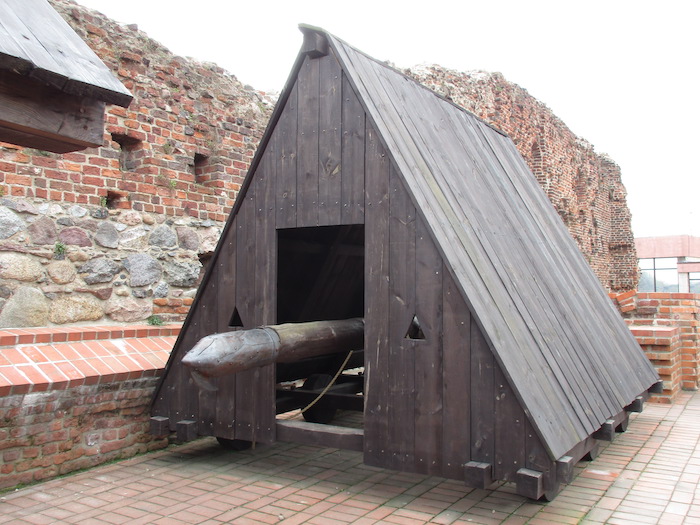
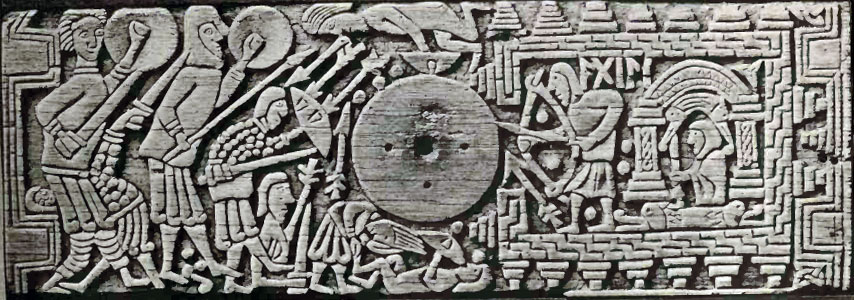
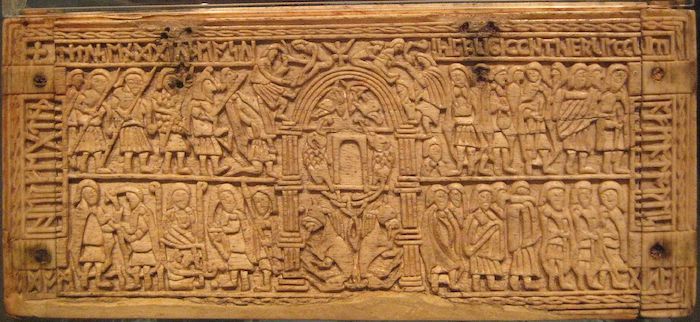
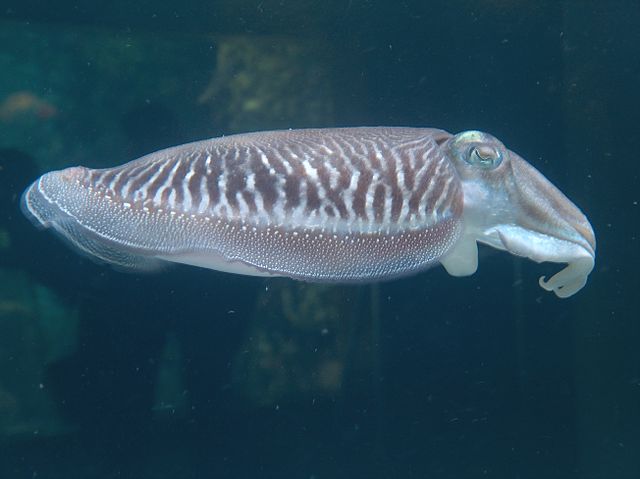
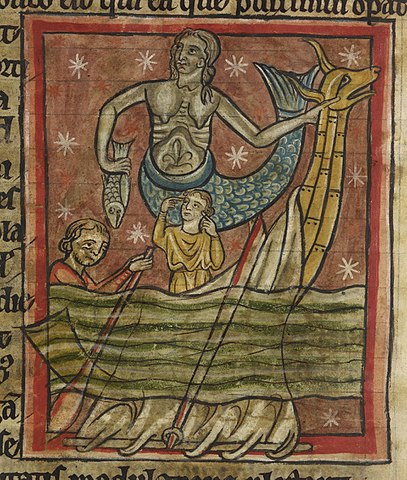
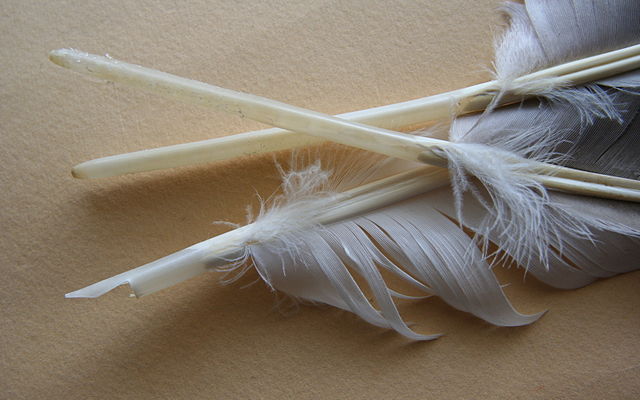

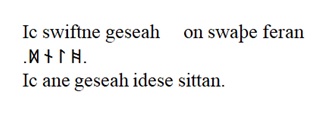

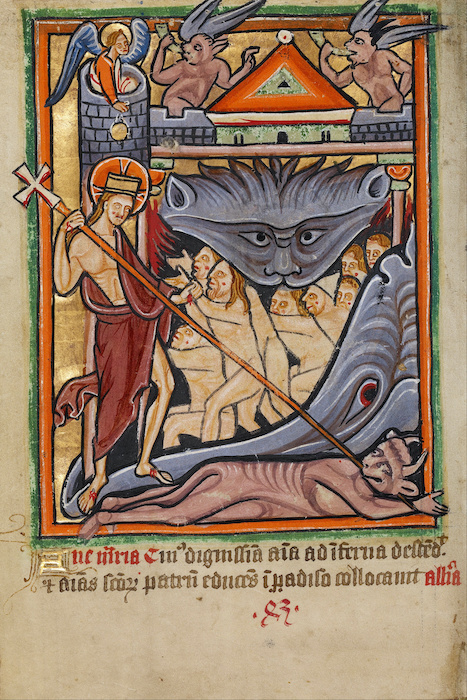



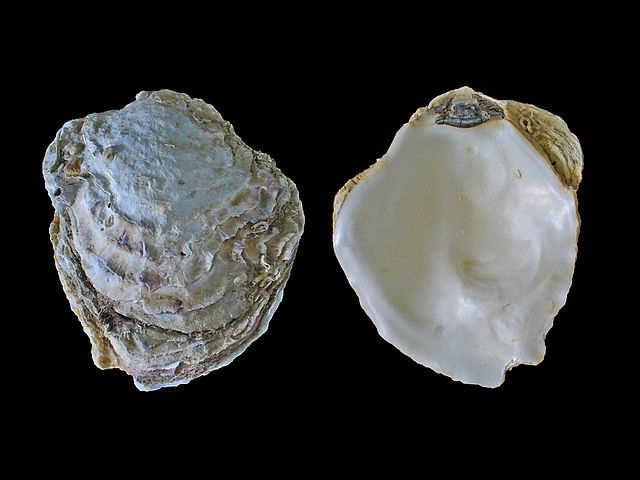
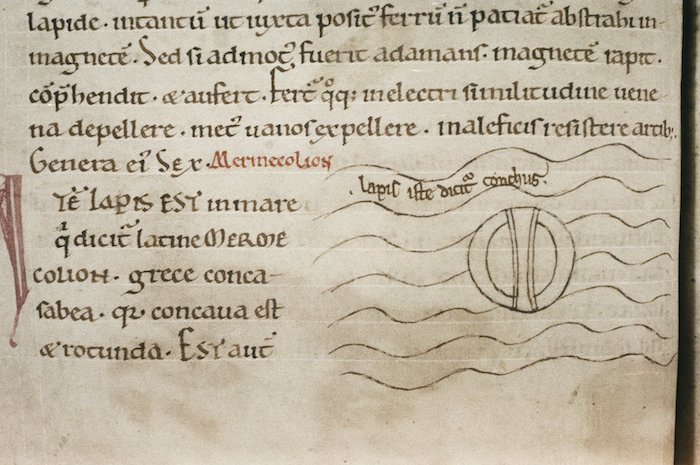

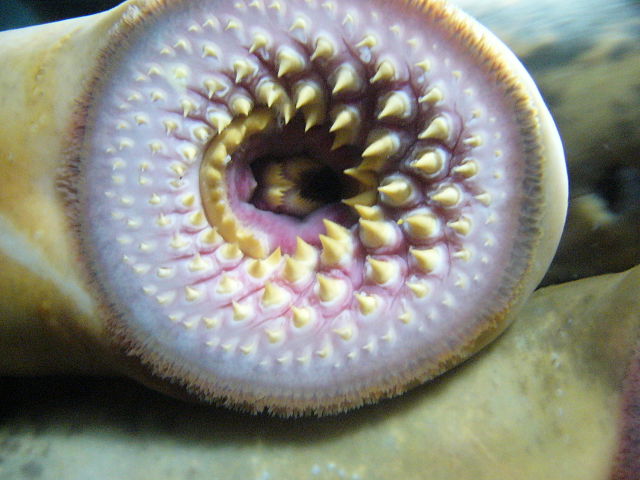
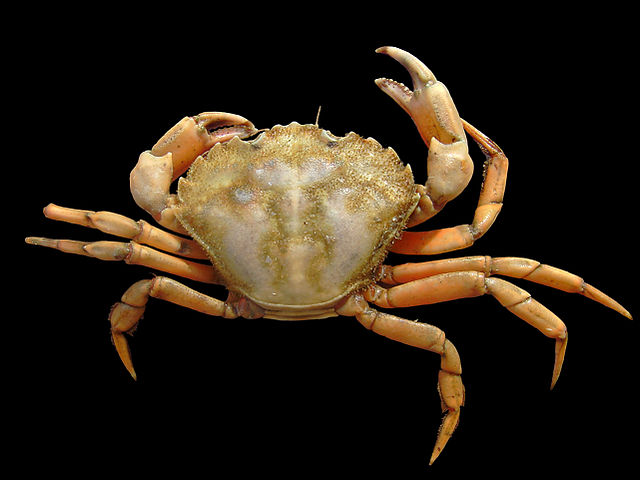
Commentary for Exeter Riddle 65
MEGANCAVELL
Date: Thu 17 Aug 2017Matching Riddle: Exeter Riddle 65
Riddle 65’s commentary is once again by Judy Kendall, Reader in English and Creative Writing at Salford University. Take it away, Judy!
The generally accepted solution to this riddle is Onion, although Moritz Trautmann argued for Leek or Chives. We know that the early English knew their onions. One proof of this is the first Onion riddle in the Exeter Book, the rude lewd Riddle 25. Physical evidence of onion-growing is trickier to find, since onions are small and their tissues, once deteriorated, leave little trace. However, we do know that the Romans grew onions because of onion bulb-shaped holes left in Pompeii gardens and carbonized onions in Pompeii kitchens (there’s a picture of these in Meyer, page 412 – free to read online with a MYJSTOR account).
There is even an onion, white and ash-like, named the Pompeii onion:
All this is relevant (to an extent) because we also know that the Romans took onions on journeys to the further reaches of their empire, including Britain, and doubtless grew them there.
Riddle 65 offers a much more polite take on this vegetable than Riddle 25. That said, the two riddles share marked similarities. Frederick Tupper noted how both refer to loss of head and confinement in a narrow place (page 124), and Patrick Murphy points out that both recall traditional riddles of torture in their use of rapid-fire enumerations of various kinds of suffering (pages 223-4). Such “series of tortures” lists surface elsewhere in the Exeter Book too, as in the heart-aching opening list of actions inflicted upon an animal – skinned, stretched and scraped – in order to produce the vellum of Riddle 26’s book.
Riddle 65 also evokes an onion in its use of artful alliteration. The riddle’s striking aural effects are spiky, piquant, biting, even “attractively staccato,” as Kevin Crossley-Holland has it (page 105). Such effects not only describe an onion’s taste and smell, but also replicate onion skins, circling in layers through and around the riddle. Echoing and interlocking, they repeat back to themselves – just like an onion does. This layering effect is also evident in the recurrence of selected words and phrasal structures, as in the unusual use of parallel antithetical clauses in the same half line (line 2a).
In short, if you know your onions, you soon realize Riddle 65 is much more of an onion than a leek or chive. Its features are oniony: distinctive “biting” taste and smell, layered rings of skin – a palimpsest of interconnecting elements, effects on digestion, bulbous bulbs and the opportunities that these afford for bunching in “fetters.”
Photo (by Xemenendura) of bunching onions from Wikimedia Commons (licence: CC BY-SA 4.0).
These all fit so much better with the riddle’s sounds, structure and allusions to head, body and bite, than the slimmer milder attributes of the bulbless leek that, for my money, there isn’t really a contest between the two. Apologies, leek…
In the Old English, these clues are embedded in the complex repeating onion-like patterns that extend aurally across the lines. The modern English translation proffered here attempts to keep something of these aural and structural onion clues. Thus, the hard-sounding bite of “cw” of line one is reciprocated in modern English with “qu.”
The repeated use of “cw,” or “qu,” constitute acts of artful alliteration, a term Andy Orchard defines as the use of sound cleverly combined with meaning for overall effect. The “cw” or “qu” marks life – cwico (quick/life), and death – cwele (quelled/death). These two states are thus both linked and contrasted. This is most striking in the Old English where “cw” heads each half-line in line 1, and where the alliteration is picked up again in line 2 with the use of cwom, which constitutes a second reference to life. In the modern English line 2, “came” provides a much weaker echo of the “qu” sound, so “qu” is also inserted in the last word of the second half of that line, as part of “quarry,” another possible allusion to death. This helps sustain the effect of the original doubly and interlinearly alliterative “cw,” bleeding across from one line to the next.
Initially, in line 1, the riddle suggests that death follows life. The advent of death does not seem very remarkable to us, so it is odd that the poet chooses þeah or seþeah (nevertheless/but/yet) to introduce it. However, the parallel antithetical clauses of the first half of line 2 help to explain this emphasis on oddity. Line 2 opens with an allusion to life followed, presumably, by death: Ær ic wæs, but this is then immediately followed by a similarly structured reference to life (eft ic cwom). Life, followed by death, followed once again by life. Peculiar, since, for humans anyway, death tends to be terminal.
Craig Williamson notes that such an arrangement of clauses within the same half line is very unusual in Old English verse – “highly, perhaps deliberately, eccentric” (page 331). He sees it as an indication of a poet who has “radical ideas about breaking the rules of Old English metre” (page 332). Such a deliberate act of rebellion is asking us to pay close attention to these lines. Here, it suggests, is an embedded clue. The half line indicates regular renewal, a life-death-life-death-life-death cycle. Recurring death constitutes a departure from normality in human experience, but not so for onions.
Thus, these unusually-placed antithetical clauses point us definitively away from reading the subject as human towards a focus on the plant world, on onions perhaps. Onions metamorphose from bulb to fully-grown onion and then back again to bulb. These references to the paralleling and continual sequencing of life and death are reinforced by the positioning, sounds and structural phrasings in both line 1 and 2: line 1’s opening life (Cwico waes ic) matches line 2’s opening death (Ær ic wæs); the phrases are knit even more closely together by the use of alliterated “w”s and repeated ic’s; the similar sounding ic efne/eft ic of lines 1 and 2 also serve this purpose. Everything seems to circle and repeat.
In lines 3 and 4, the riddle continues to tease us with apparent illogicalities of sequence. The somewhat bizarre list of abuses and torture places experiences of being bitten and broken after what for a human would surely be the worst fate of all – decapitation. Double alliteration continues to be employed within each line and parallel phrasing and repeated sounds and words across them, again artfully reminding us of the onion’s cyclical life and circular skin. Most notably, in lines 3 and 4, the words mec on/min/mec on/mine link back to the mec in line 2, as well as pushing forwards to the me/mec, in lines 5 and 6, and culminating in the use of “m” as the alliterative link in the last lines – more repetitious circular effect. In addition, the riddle’s initial cross-alliterative pattern is reprised and hyped up in lines 4-5-6, with repeated references to the “biter bitten” motif, a commonplace in early English riddles, and, as many have observed, constituting a strong echo of the mordeo mordentes of Symphosius’s Latin onion riddle (Enigma 44).
Is the poet just showing off? Or is there something else to consider. Why the repetition of me? Does it suggest self-obsession? If so, it contrasts oddly with the apparent argument of the last lines, in which the violence of human consumers seems to be starkly compared to the reasonable restrain of the meek and gentle onion – a view that the fruitarians and raw foodies of today would find sympathetic perhaps. The onion only bites in self-defence, unlike the aggressive behaviour of its human attackers.
However, just as the skins of the onion are shed to reveal more onion skin, so this poem’s emphasis on “bite” digs deeper than might first appear. We seem to be reading about the bite of man, but the sounds and repetitions of the words in which this is articulated forcefully bring home the bite of the onion. It might not be the first to bite but this does not negate its ever-ready aggression which is communicated through the biting sound that runs throughout the riddle as well as through the repeated alliteration of “bite” at the riddle’s end. The onion may present itself as a meek mild victim but its spiky voice, and the repeated emphasis on me me me, suggest otherwise.
In this regard, it is pleasing to discover an Old English riddle keeping abreast of developments in modern science. In 2008, the New Scientist reported Annika Paukner and Stephen Suomi’s discovery that monkeys grow more solitary and aggressive after washing with onions (Kaplan)! The onion, as Riddle 65 declares in both sound and sense, is both assertive (me me) and aggressive: ready and ripe for a fight, whether full-on or more covertly, as in the sneakily indirect effect of the emphasis of the very last line. This appears to stress the many bites of the human consumer. However, since the previous line has just established that any human act of violence will engender an onion’s retaliation, it also sets up the onion with equally as many opportunities of biting.
Alternatively, just to put a further onion in the works, onions are also beneficial. Pliny the Elder catalogued, before succumbing to the volcanic eruption near Pompeii, the curative properties of onions in relation to vision, sleep, mouth sores, dog bites, toothaches, dysentery and lumbago (National Onion Association). Recent scientific research reveals that they have a proven efficacy in the case of asthma (Elmsley).
I could really splurge on onions now by noting how the spikey staccato effects created by alliteration, word order and phrasing give a good impression of difficulty in breathing, gradually evening out in later lines. But better not – wouldn’t want you to think I’ve completely lost my onions.
References and Suggested Reading:
Crossley-Holland, Kevin, trans. The Exeter Book Riddles. London: Enitharmon, 2008.
Emsley, John. “Onions Run Rings around Chemists.” New Scientist (30 September 1989)
Kaplan, Matt. “Onion Washing Gets Monkeys in a Lather.” New Scientist (21 July 2008).
Meyer, Frederick G. “Carbonized Food Plants of Pompeii, Herculaneum, and the Villa at Torre Annunziata.” Economic Botany, vol. 34, issue 4 (1980), pages 401-37.
Murphy, Patrick J. Unriddling the Exeter Riddles. University Park, PA: Pennsylvania State University Press, 2011.
National Onion Association. “History of Onions” (2011).
Orchard, Andy. “Artful Alliteration in Anglo-Saxon Song and Story.” Anglia, vol. 113, issue 1 (1995), pages 429-63.
Salvador-Bello, Mercedes. Isidorean Perceptions of Order: The Exeter Book Riddles and Medieval Latin Enigmata. Morgantown: West Virginia University Press, 2015.
Taylor, Archer. English Riddles from Oral Tradition. Berkeley: University of California Press, 1951.
Tupper, Frederick Jr. The Riddles of the Exeter Book. Boston: Ginn, 1910.
Williamson, Craig. The Old English Riddles of the Exeter Book. Chapel Hill: University of North Caroline Press, 1977.
Tags: anglo saxon exeter book riddles old english solutions riddle 65 judy kendall
Related Posts:
Commentary for Exeter Riddle 25
Commentary for Exeter Riddle 26